Parsis and Iranis, along with several Muslim communities in Pakistan and India will today mark the beginning of the Persian calendar year 1392.
The auspicious event marks the spring equinox, ushering in a new year beginning with the warmer weather. Celebrations in the subcontinent usually begin with the ritual spring cleaning and repainting of one’s house, before rangoli powder is applied to the front porch to greet guests.
A haft seen table is prepared containing seven symbolic items, all beginning with the letter ‘s’ – sabzeh (vegetable sprouts), samanu pudding, seeb (apple), senjid (lotus fruit), sir (garlic), sumac and serkeh (vinegar). The table is used to welcome all guests to the house for a celebratory meal.
The haft seen items differ from country to country – in Iran, a goldfish in water, along with a coin is also often included to symbolise wealth. Zoroastrians may also replace the vinegar with wine, a substance prohibited to Muslim adherents. Similar divergence exists between the naming of the day – known as nowruz in Farsi, but navroz in Hindi and Urdu.
While observers of navroz in India and Pakistan may today be absent from work, Iran celebrates with four days of public holidays, during which most Iranians travel to visit family or friends.
The majority of celebrations in the subcontinent today will be held in areas with high concentrations of Zoroastrians – both Parsis and Iranis. These include Karachi in Pakistan, and Mumbai in India. Ismaili Muslims, concentrated in Pakistan’s northern areas of Gilgit-Baltistan, also celebrate, along with Shia Muslims across the two countries. Some Pashto speakers of Pakistan may also celebrate, given the language region’s association with Afghanistan.
Today will also see the observance of traditional nowruz rituals in Iran and Pakistan’s western Baluchistan province such as jumping through bonfires – believed to rid the soul of the previous year’s problems.
Traditional nowruz foods will also be served; in Pakistan and India these include sali boti (a curry made with lamb), patrani machi (spiced steamed fish), sasni machi (fish curry) and pulao (spiced rice). Falooda also forms a large part of the celebrations – in south Asia it is a syrupy milk drink riddled with soft vermicilli noodles, while in Iran it is a frozen noodle dish topped with sugar and lemon juice.
Zoroastrians and people of central Asian (particularly Iranian) heritage in Melbourne and Sydney will also celebrate nowruz today, with the large Persian populations in Sydney’s north and Melbourne’s east organising community events.
Nowruz dates back to pre-Islamic times, when Iran’s Zoroastrians would celebrate the turning of spring with a new and bountiful harvest, hence the importance of food to the event. Maintained by those who converted to Islam, nowruz remains the year’s largest festival in Iran, and in several Persian-influenced countries such as Afghanistan, Tajikistan, Turkmenistan, Kyrgyzstan and Uzbekistan.
Following the Arab conquest of Persia, and again in more recent times, waves of Zoroastrians resettled in coastal areas of the subcontinent, particularly in the Indian state of Gujarat. The ‘Parsis’ and ‘Iranis’, as Zoroastrians of the subcontinent are known, have evolved several unique rituals which distinguish them from the Zoroastrians of Iran – notably the use of hot spices in their cooking, which is largely absent in the cuisine of the homeland.
The Iranian calendar is of equal length to the Gregorian calendar but follows a solar/lunar pattern, so is therefore structured around equinoxes (the midpoint of the solar spring and autumns) and solstices (the longest and shortest days of the solar year). It is used as the main calendar in Iran and Afghanistan, although the Gregorian calendar is referred to for international dealings, while the Islamic (lunar) calendar is utilised to organise religious festivals.
UrbanDuniya wishes all its readers a happy nowruz (navroz) to all its readers, and wishes you a safe, happy, healthy and prosperous 1392.

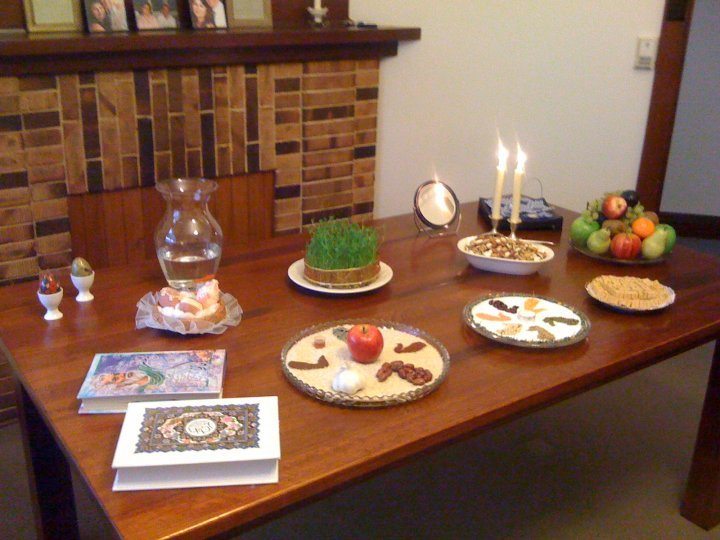
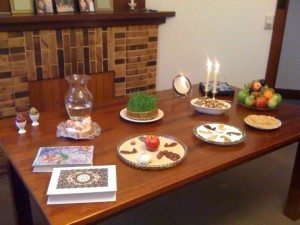
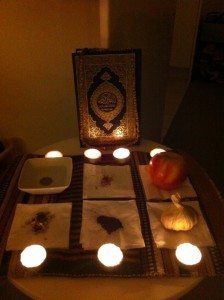
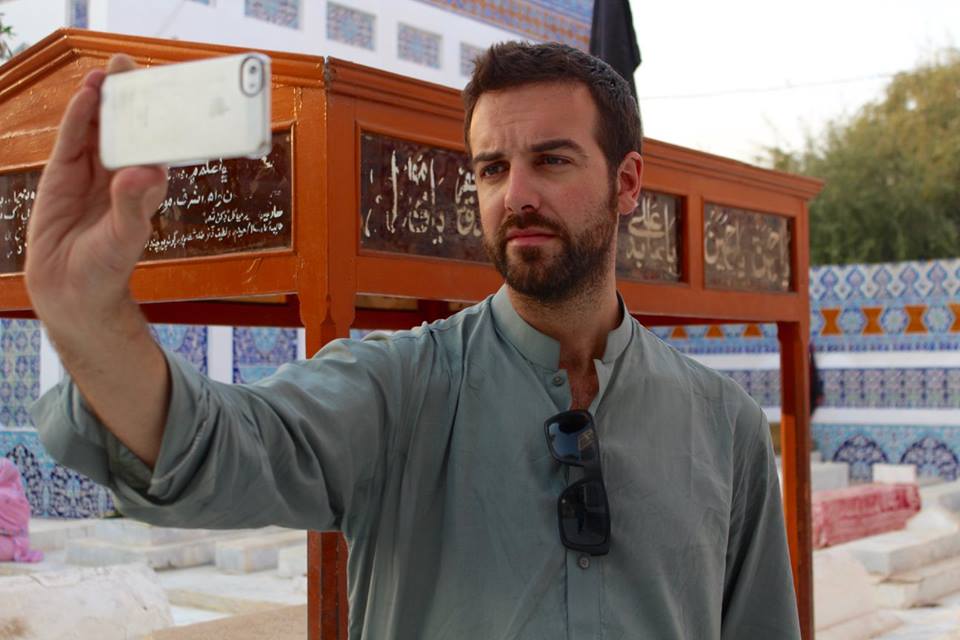

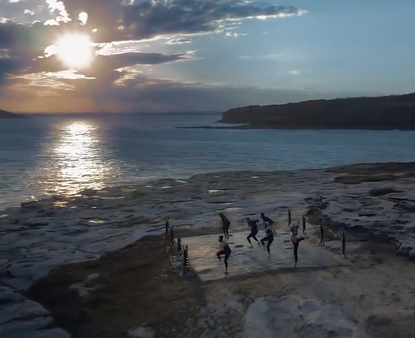
Nowruz eide shoma mobarak